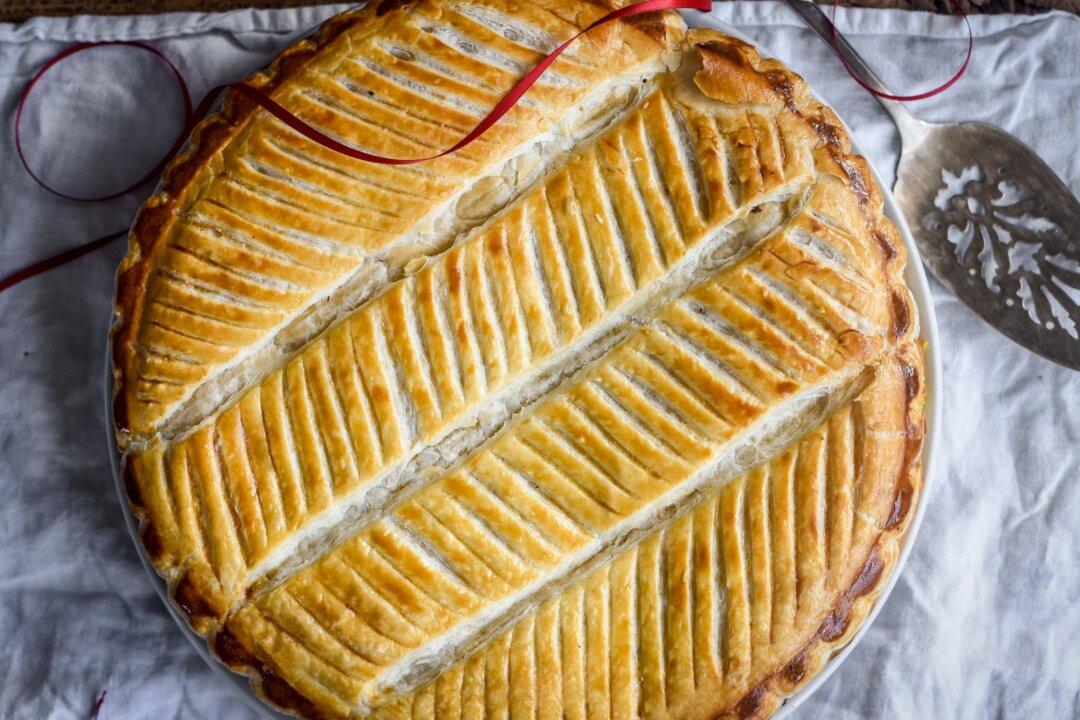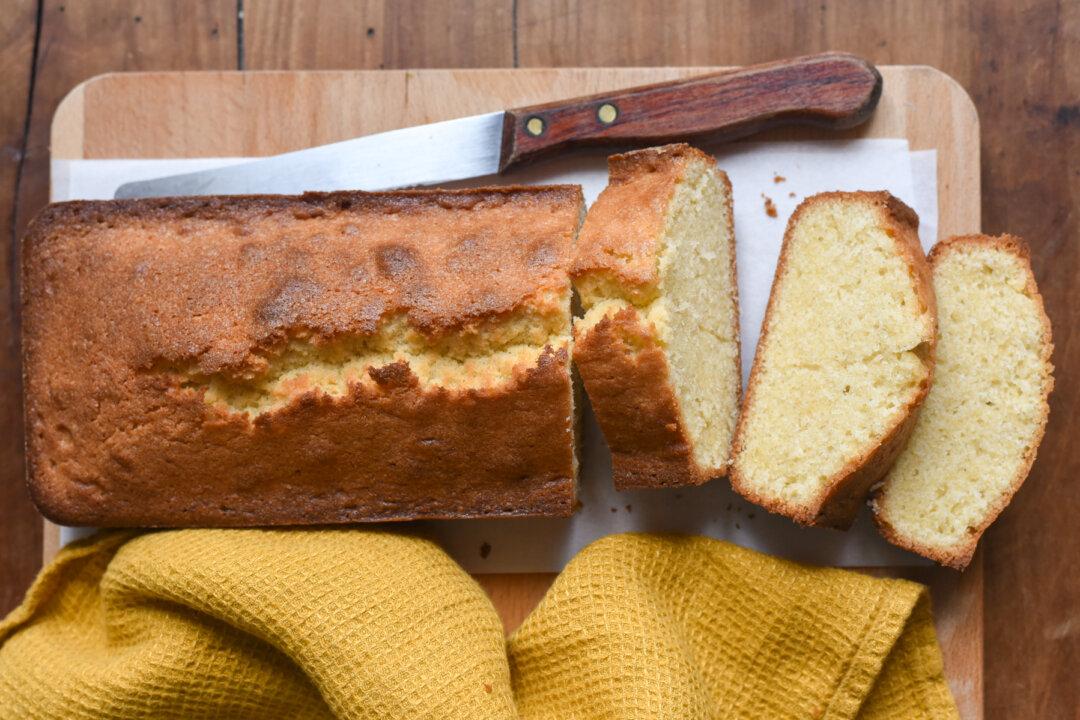Before wrapping up the holidays, there is one final occasion the French take to eat and rejoice: the Fête des Rois, or “Feast of the Kings.”
Held on Jan. 6, the 12th day of Christmas, this celebration involves eating a galette des rois, or king cake—two circles of buttery puff pastry filled with sweet, creamy frangipane—in which a trinket, called a fève, has been hidden. If your slice has the fève, you are crowned honorary king (or queen) for the day.





